Astilbe Won’t Bloom: Reasons For Astilbe Not Blooming
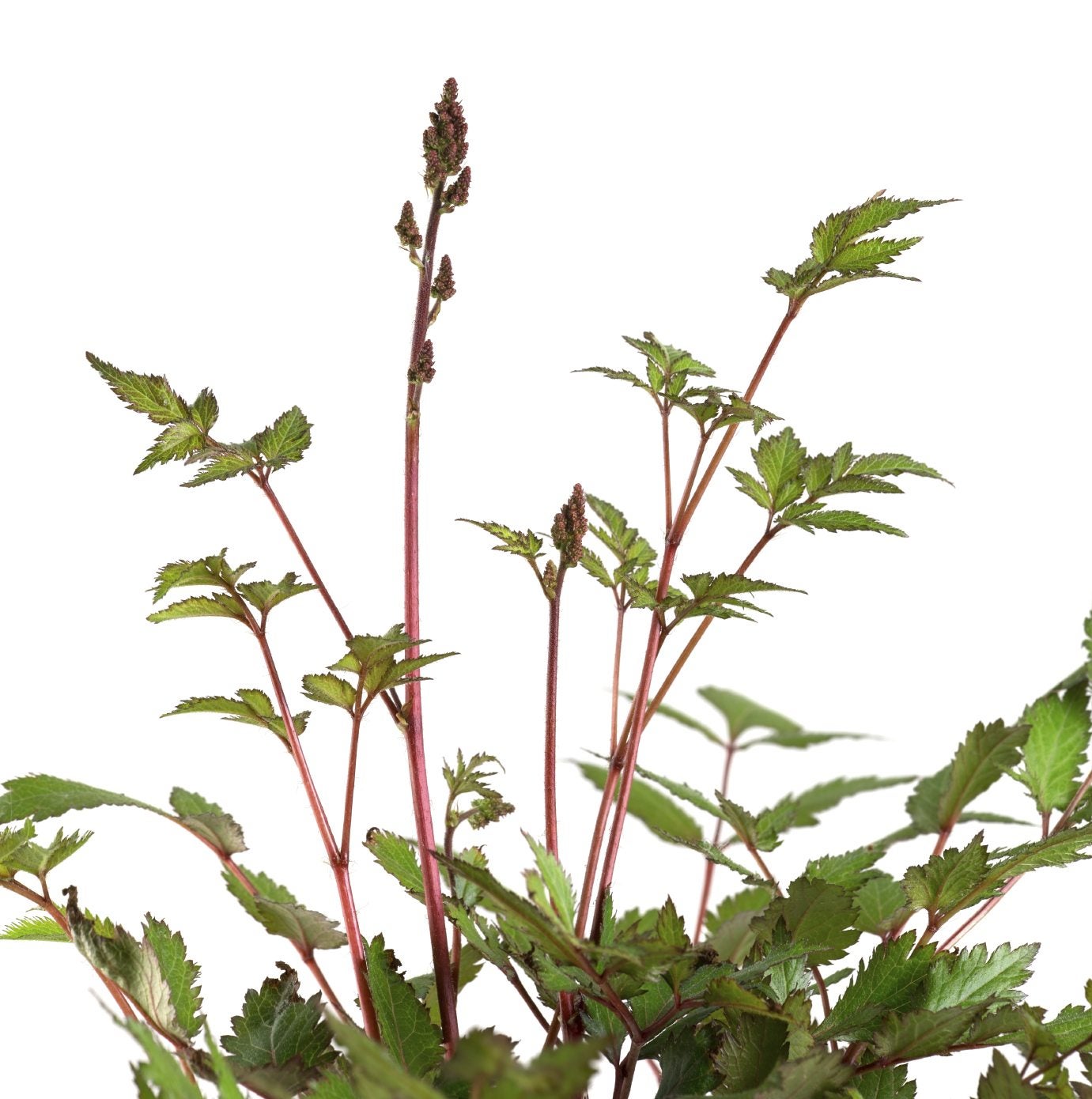

Astilbe is one of America’s most loved ornamental plants, and with good reason. This hardy perennial produces masses of blooms surrounded by lacy, fern-like foliage. Astilbe is generally a reliable bloomer, but if your astilbe won’t bloom, there are several possible causes. Read on to learn more about why your astilbe stopped blooming.
Why is My Astilbe Not Blooming?
You may be wondering how to keep astilbe blooming, especially if you notice yours isn’t flowering like it was before. Here are the most common reasons for blooming troubles and how to remedy them: Soil and Moisture – Although astilbe prefers organic, well-drained, acidic soil, it’s important that the plant is relatively moisture retentive. The soil shouldn’t be allowed to become bone dry and may require more frequent irrigation during hot, dry weather. Avoid frequent, shallow irrigation, however, which produces weak, shallow roots. As a general rule, one deep watering per week is adequate. A layer of mulch helps keep the roots evenly moist. Replace the mulch as it decomposes or blows away. Sunlight – While astilbe usually tolerates moderate sunlight, most astilbe varieties perform best in shade. If your plant is in full sunlight, provide shade (especially during hot afternoons) or consider moving the plant to a more suitable location. Also, keep in mind that astilbe planting in bright sunlight will require more frequent irrigation. Fertilizer – Astilbe plants are heavy feeders and may not bloom without adequate nutrition; this is a common reason for an astilbe that is not flowering. Provide a slow-release fertilizer with a ratio of 3-1-2 in spring, and then feed the plant a high-nitrogen fertilizer when the plant is setting buds in late summer or early autumn. If possible, amend the soil regularly with compost or well-rotted manure. Maintenance – Astilbe benefits from division when the plant is at least three years old. Although astilbe doesn’t usually need much pruning, removing spent blooms and flower stalks throughout the blooming season helps keep the plant neat. However, this isn’t a requirement and unlike many blooming plants, deadheading won’t promote more blooms. If you like the appearance of the stalks and seedpods, feel free to leave them in place until spring.
Gardening tips, videos, info and more delivered right to your inbox!
Sign up for the Gardening Know How newsletter today and receive a free copy of our e-book "How to Grow Delicious Tomatoes".

A Credentialed Garden Writer, Mary H. Dyer was with Gardening Know How in the very beginning, publishing articles as early as 2007.
-
 Types Of Tomatoes Explained: Explore The Many Wonderful Shapes, Colors, Flavors, & Best Uses
Types Of Tomatoes Explained: Explore The Many Wonderful Shapes, Colors, Flavors, & Best UsesThe world of tomato varieties is vast and fascinating. Learn about the key types to grow in your garden, tailored to your preferences and space.
By Amy Grant
-
 Try The Trend – Turn Any Bed Into A Keyhole Garden With This Clever In-Ground Composter
Try The Trend – Turn Any Bed Into A Keyhole Garden With This Clever In-Ground ComposterKeyhole gardening is an efficient and sustainable practice that saves space. Get started on this DIY project quickly and easily with an in-ground composter.
By Bonnie L. Grant
-
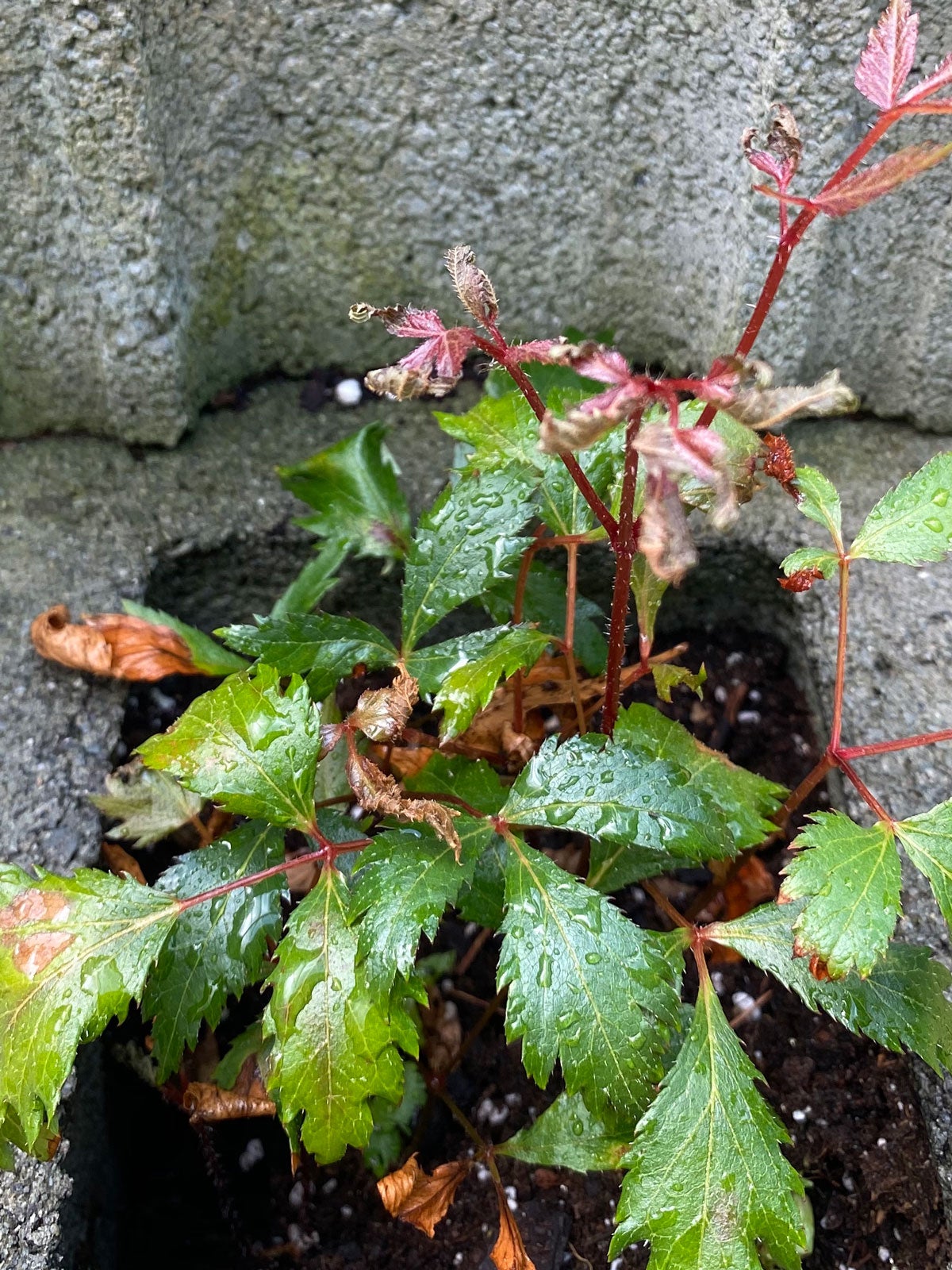 Astilbe Is Turning Brown: Troubleshooting Brown Astilbes
Astilbe Is Turning Brown: Troubleshooting Brown AstilbesBrowning astilbe can certainly mar your garden. Find out here why your astilbe is turning brown and what you can do to prevent or fix it here.
By Mary Ellen Ellis
-
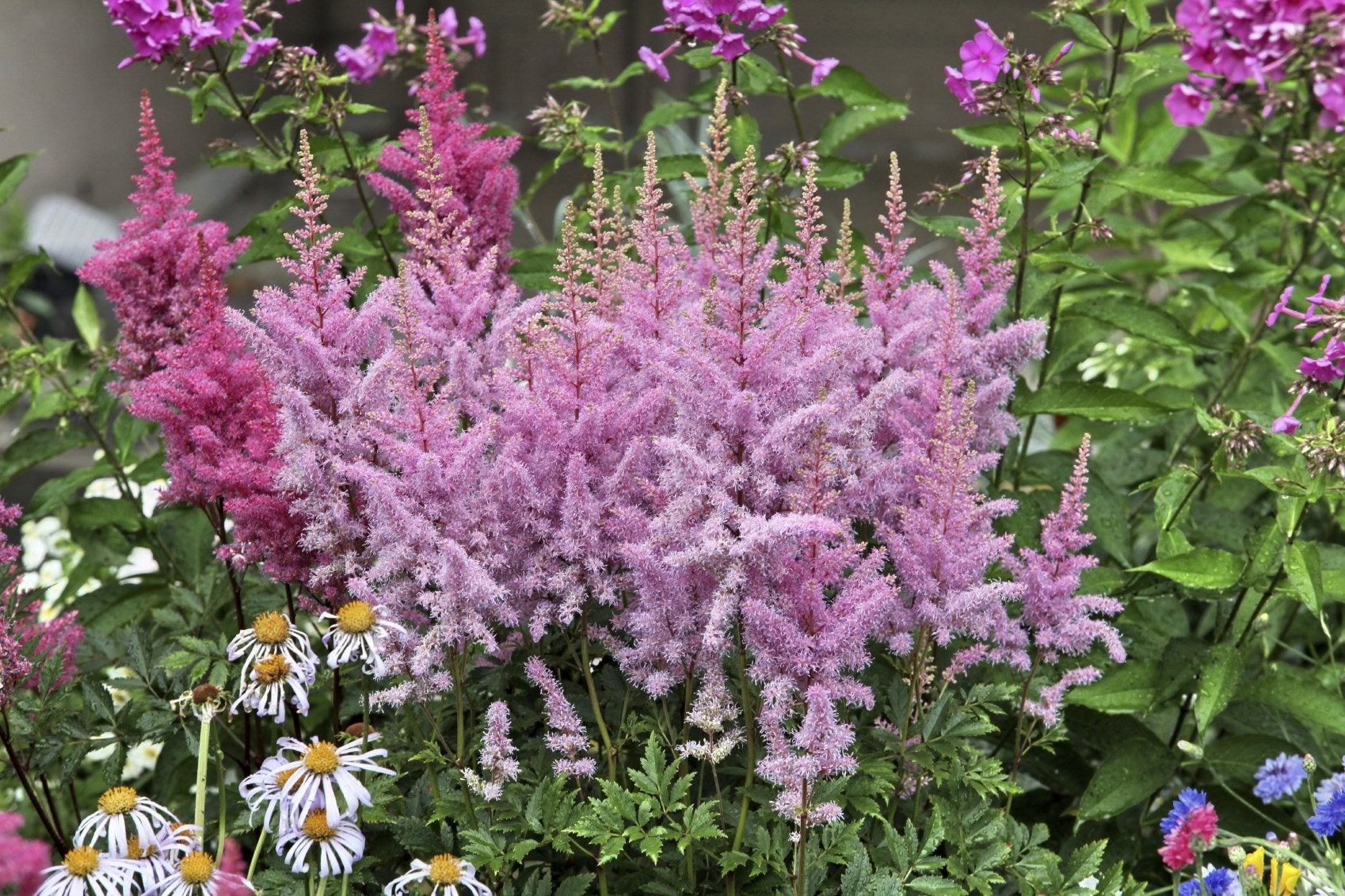 Bloom Time For Astilbe Plants: When Does Astilbe Bloom
Bloom Time For Astilbe Plants: When Does Astilbe BloomWhen does astilbe bloom? Astilbe plant bloom time is usually a phase of time between late spring and late summer depending on the cultivar. Learn more about the blooming of astilbe in this article to ensure more of these flowering plants in your garden.
By Karen Boness
-
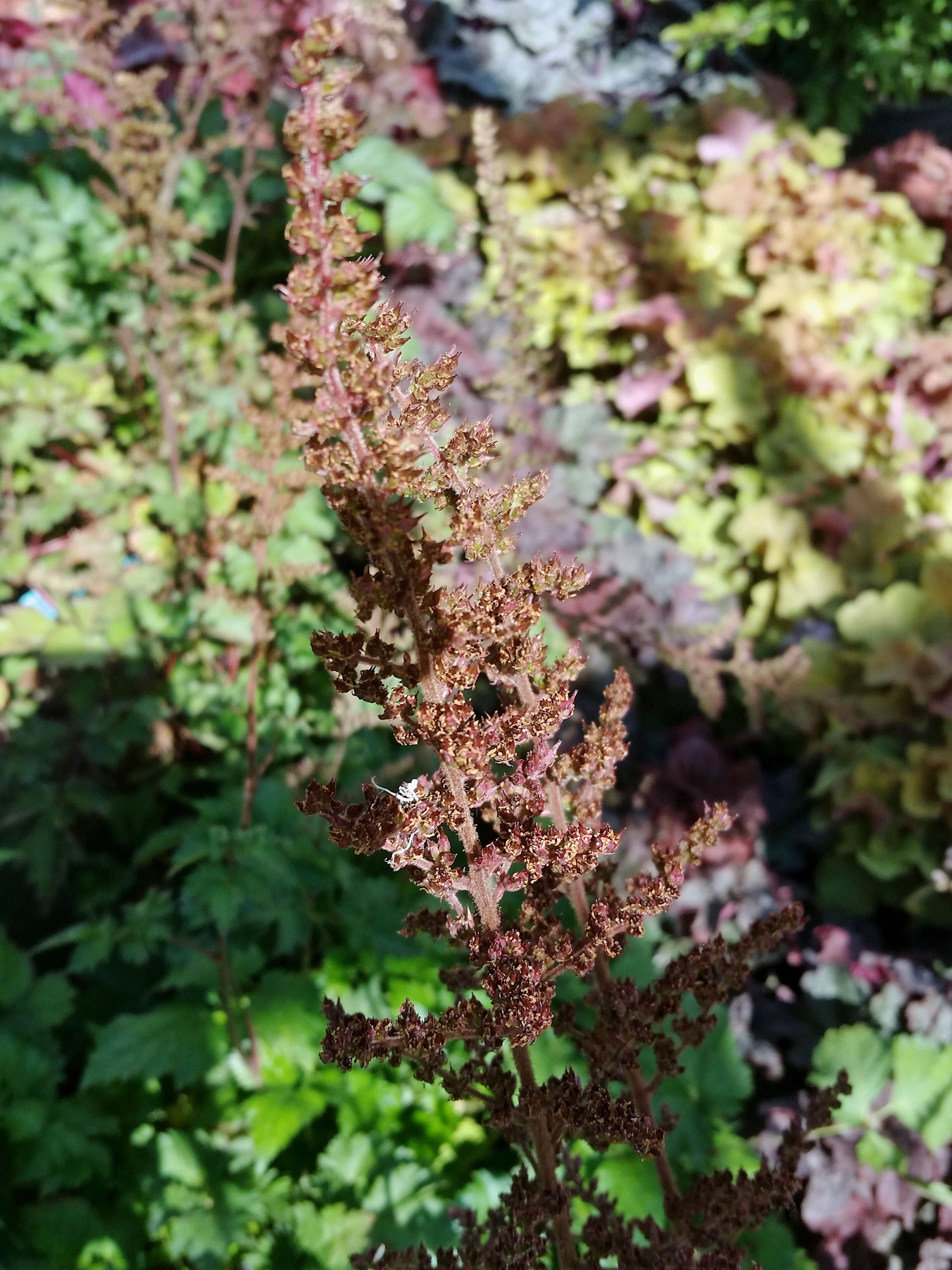 Troubleshooting Astilbe Diseases: Overcoming Problems Growing Astilbe Plants
Troubleshooting Astilbe Diseases: Overcoming Problems Growing Astilbe PlantsAstilbe plants are as tough as they are lovely. This doesn?t mean that they are completely pest free, however. For information on astilbe plant diseases, the following article will help. Click here to learn more.
By Teo Spengler
-
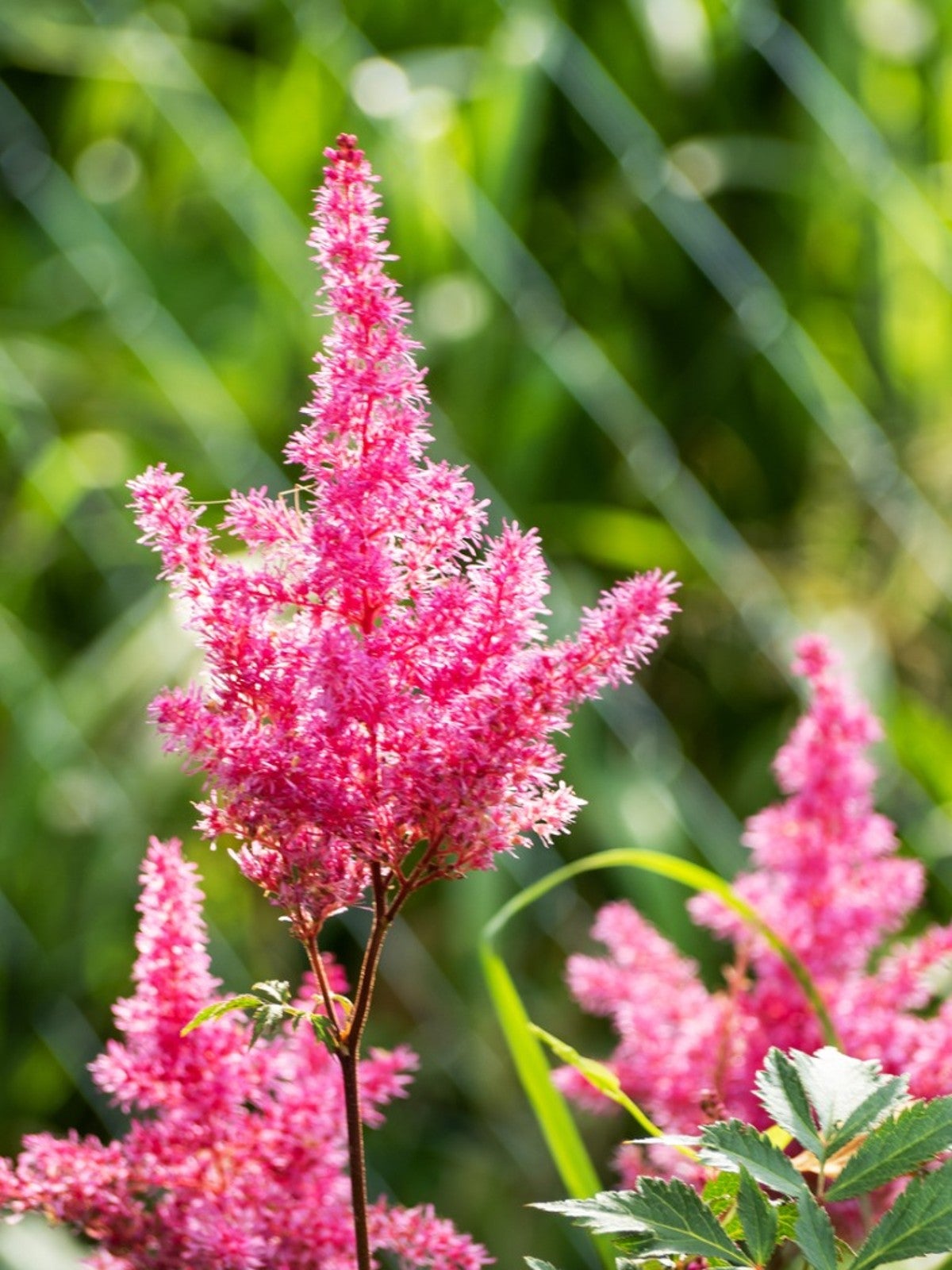 Tips On Feeding Astilbe: Learn About Fertilizer For Astilbe Plants
Tips On Feeding Astilbe: Learn About Fertilizer For Astilbe PlantsAstilbe produces vibrant, beautiful fronds of flowers, bringing color to dark areas. But how can you make sure you're getting the most out of your astilbe blooms? Click this article to learn more about how to fertilize astilbe plants.
By Liz Baessler
-
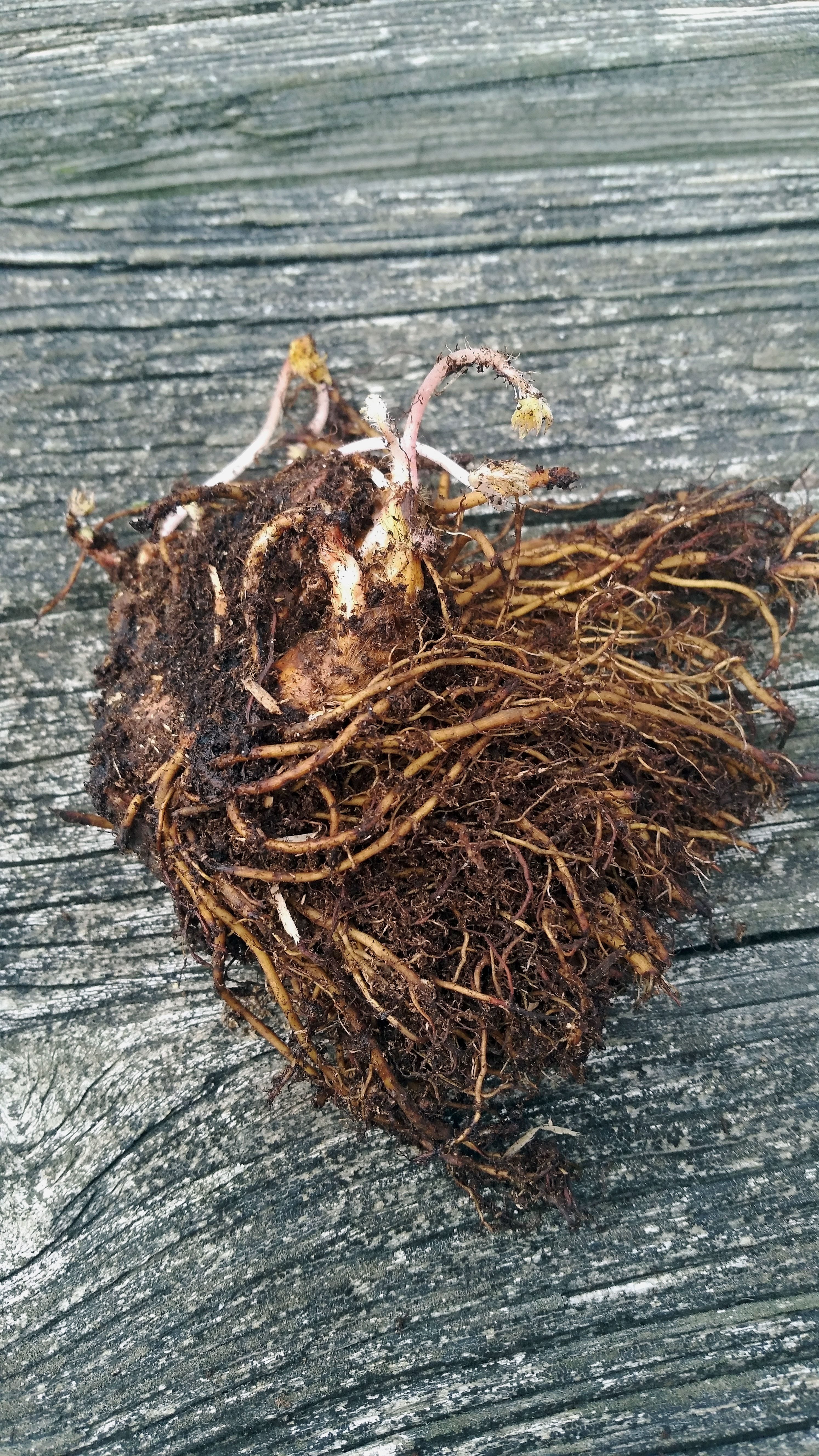 Astilbe Bare Roots – Learn About Bare Root Planting Of Astilbe
Astilbe Bare Roots – Learn About Bare Root Planting Of AstilbeAstilbe plants are usually propagated by root division in spring. Sometimes, however, they are sold bare root at that time. For more information about growing astilbe from bare roots, you should click on the following article.
By Teo Spengler
-
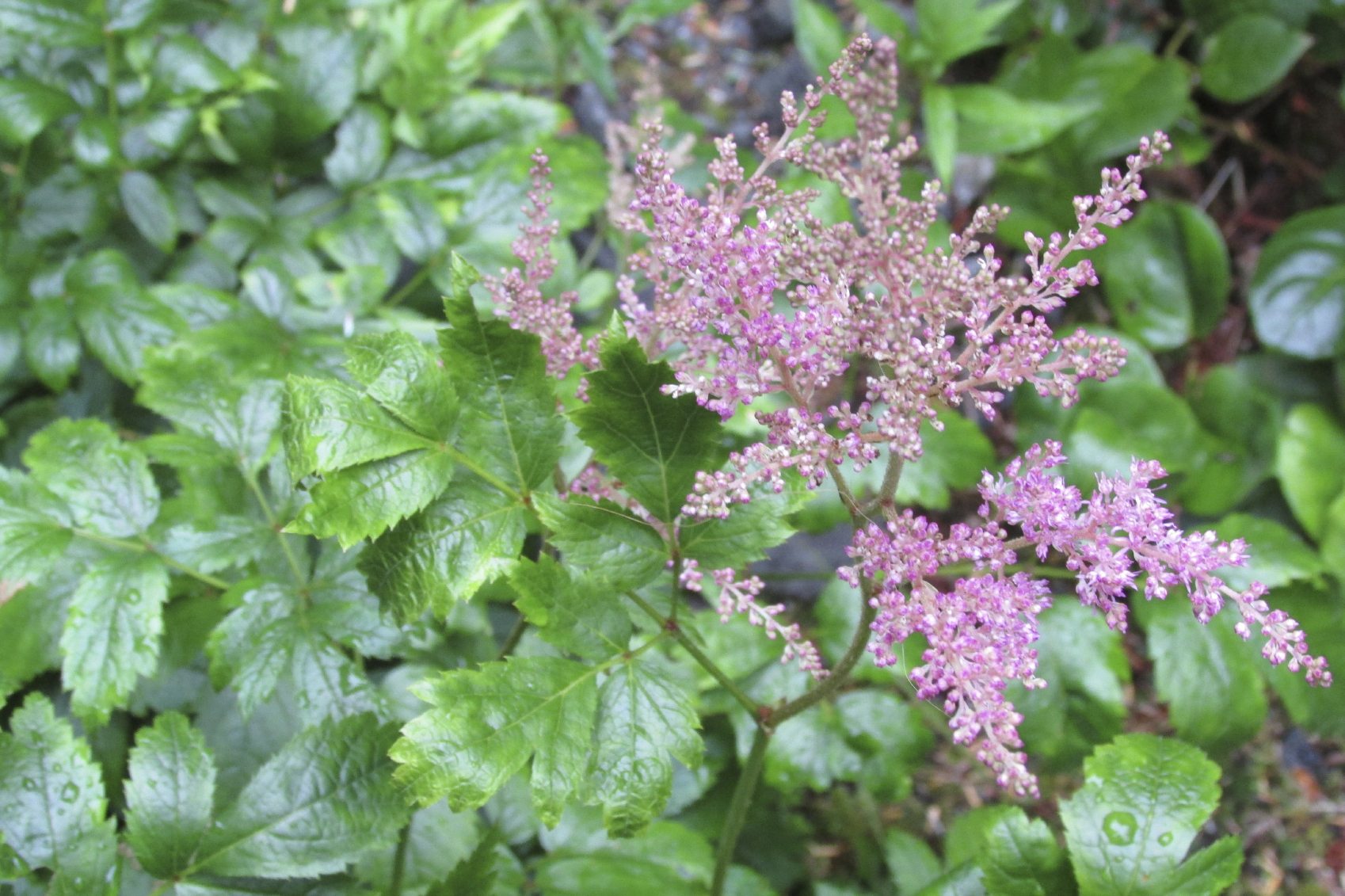 Dividing Astilbe Plants: How To Transplant Astilbe In The Garden
Dividing Astilbe Plants: How To Transplant Astilbe In The GardenMost perennial plants can be divided and transplanted, and astilbe is no exception. You don't need to transplant or divide astilbe plants every year, but every two to four years. For more information on dividing astilbe plants, click this article.
By Teo Spengler
-
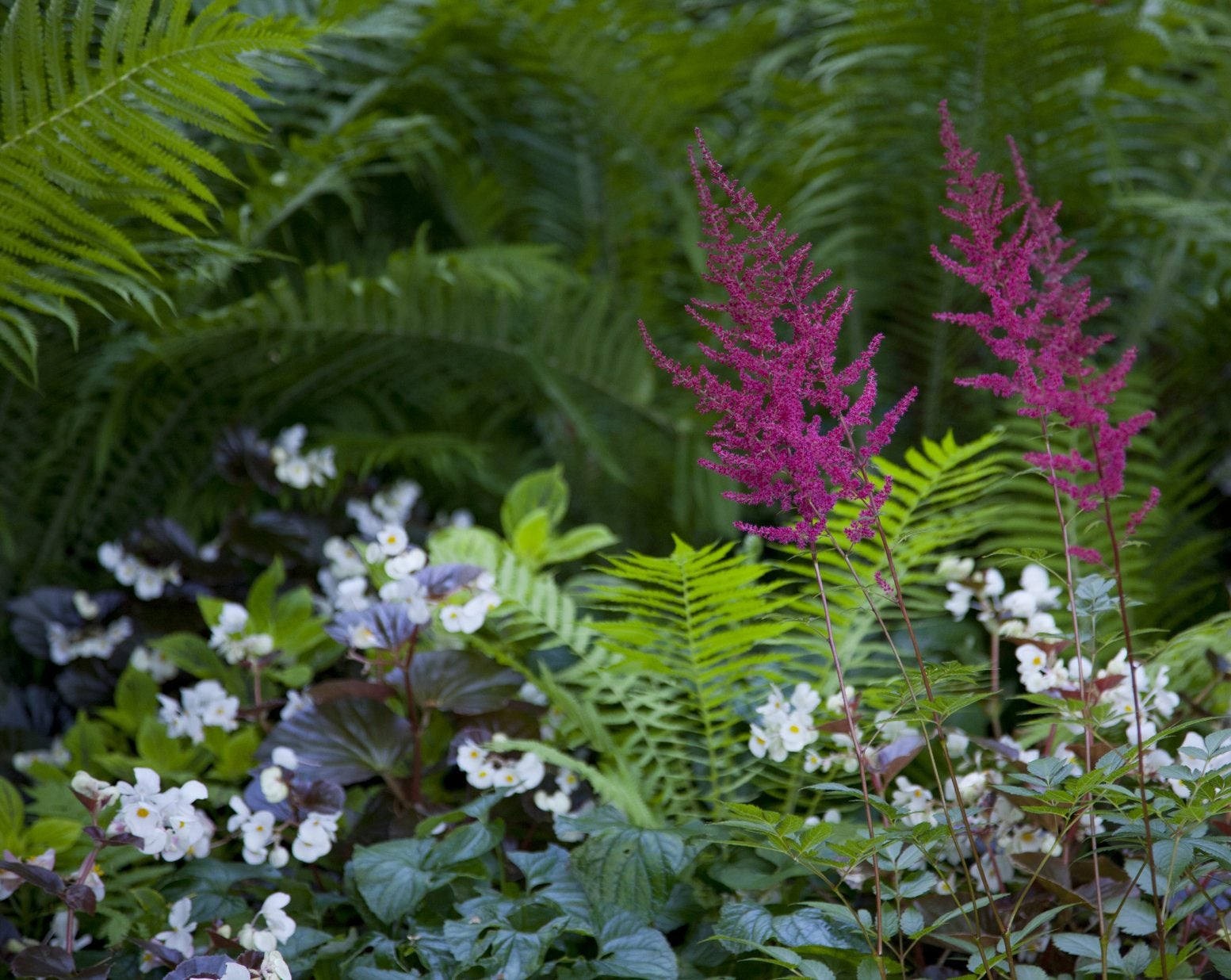 Astilbe Companion Planting: Companion Plants For Astilbe
Astilbe Companion Planting: Companion Plants For AstilbeAstilbe is a fantastic plant to have in your flower garden. But what else can go in those spaces with it? Click on this article to learn about astilbe companion planting and plants that grow well with astilbe.
By Liz Baessler
-
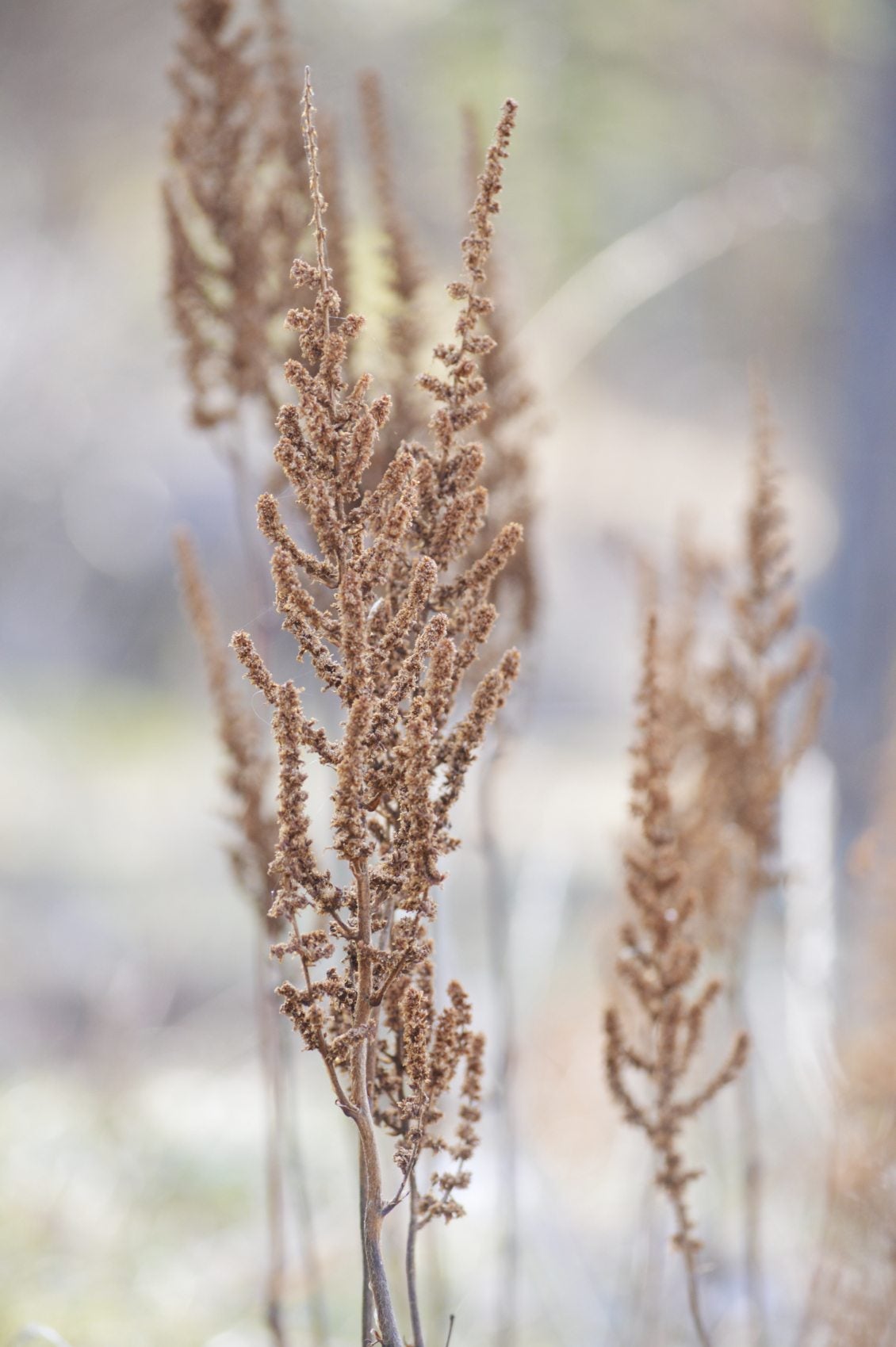 Astilbe Winter Care: How To Winterize Astilbe Plants
Astilbe Winter Care: How To Winterize Astilbe PlantsWhile it should survive for years, there are a few steps you can take to give astilbe a serious leg up and make sure it survives the cold. Find out how to care for astilbe plants in winter in the article that follows.
By Liz Baessler